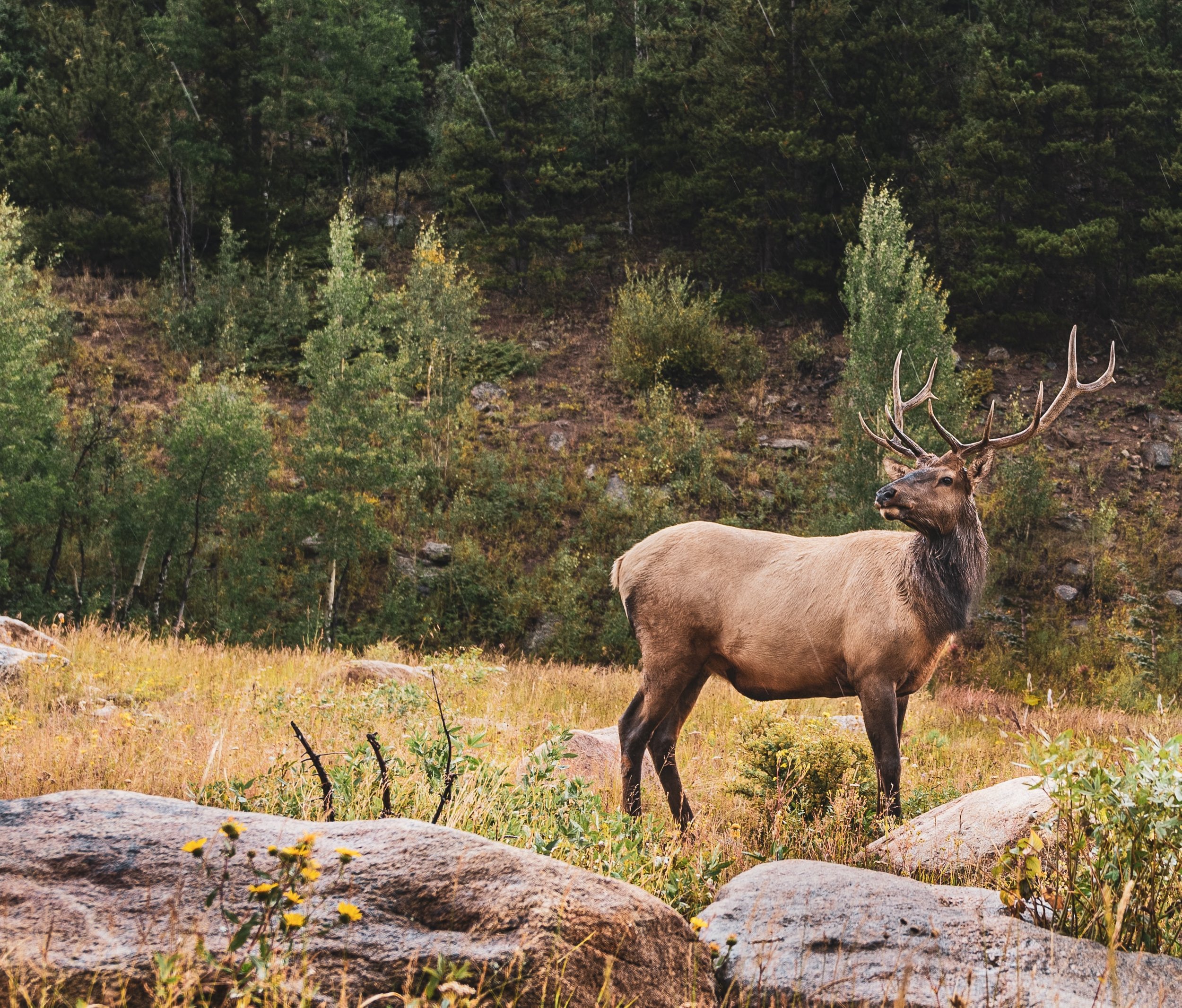
Reloading
Finding the Right Hunting Load for Copper Bullets
Disclaimer: Huntingwithnonlead.org is not recommending using the information below to learn how to reload hunting ammunition. Please consult manufacturer’s Reloading Manuals and expert advice from reloading professionals. The information below is only a discussion about how we develop effective copper hunting loads, not a guide to safe reloading techniques.
Before testing a new copper hunting load, it’s a good idea to either bore sight the rifle OR shoot surplus lead hunting bullets to get on paper. Typically, every bullet brand/hand-load, whether lead or copper, has different points-of-impact. However, almost any ammo you shoot in your rifle should be able to hit a 12x12 inch target consistently if the rifle is already sighted in. When trying a new load a common shooting distance is 100 yards.
The first step is to load 5 different powder grain weights ranging from the "starting" load to the "max" load. Then load 3 cartridges per powder grain weight (3 cartridges x 5 different loads = 15 total cartridges). This usually results in loads of 1 to 1.5 grain difference between each load. Always seat the bullets to the reloading manual’s suggested C.O.A.L. when starting a new load development. There are many different ways to find the right load charge for your rifle. It may be beneficial to do more research to determine which way best suits your needs.
After shooting those 5 different loads, record which two were the most accurate. They do not necessarily have to be sub-MOA. At this stage, look to see which two loads have the smallest grouping. Please make sure to check for pressure issues when reaching the maximum powder charges. (Hard bolt lift after the shot, deep cratered primers, sticky extraction, etc.)
The next step is loading 2 to 3 different powder charges between the 2 generally most accurate loads. This typically results in powder charges with 0.3 to 0.5 grain differences. After this testing, a powder charge that will give sub-MOA groups is usually found. If that load does not give at least 1.5 inch groups at 100 yards, simply try a new bullet, powder or grain weight of copper bullet. If you change any of the components of your load (case, bullet, powder, primer), remember to back down the powder load and recheck for signs of high pressure.
If the most accurate powder load shoots 0.75 inch groups or tighter, there is no need to experiment with different seating depths. However, if I feel the load can be better, I load 3 cartridges with the same powder charge but 3 different seating depths. I will load 3 cartridges at the maximum depth, 3 cartridges at .010 inches off lands and 3 cartridges at .015 off the lands. When manufacturers list a specific seating depth of a bullet from the lands, I will seat the bullet at their recommended depth. After shooting these loads I typically achieve my desired accuracy.
After this is all done, I load 9 cartridges of my most accurate load. Then shoot 3 cartridges each at 200, 300 and 400 yards to find the bullet drop. I skip the 100 yard shooting since I did all my testing at 100 yards. During my testing I will adjust my scope between each 3 shot group until I am shooting where I want to hit.
Since nearly all copper bullets come in boxes of 50. I should only need to buy 1 box of 50 bullets per load development:
| Cartridges to find general powder charge | 3 cartridges x 5 different loads | = 15 bullets |
| Cartridges to find exact powder charge | 3 cartridges x 3 different loads | = 9 bullets |
| Cartridges to find right seating depth | 3 cartridges x 3 different seating depths | = 9 bullets (optional) |
| Cartridges to find bullet drop at 200,300 & 400 yards | 3 cartridges x 3 different ranges | = 9 bullets |
| Total bullets used | = 33 - 42 bullets |

Find Bullets
We understand that finding ammunition for a particular rifle can be difficult, especially so with hard-to-find calibers. While HWNL does not endorse any manufacturer or retailer over another, here are a few helpful tips to find ammo:
To find common cartridges, use a search function such as gunbot.net or ammoseek.com
If it isn’t found by using a search function, find a custom ammunition loader. Custom loaders can make any known cartridge, and some will use once-fired brass from the client to reduce costs.
Visiting your local gun store and asking for non-lead ammunition may be the most convenient way to purchase non-lead ammunition. Knowing what brands and bullet models are available in non-lead before going to your local store is always a good idea.
Bullets are widely available and we have found 293 cartridges loaded with non-lead bullets made by custom loaders.
Lastly, email nonlead@iws.org and use our experience to help you find the cartridge for you.


